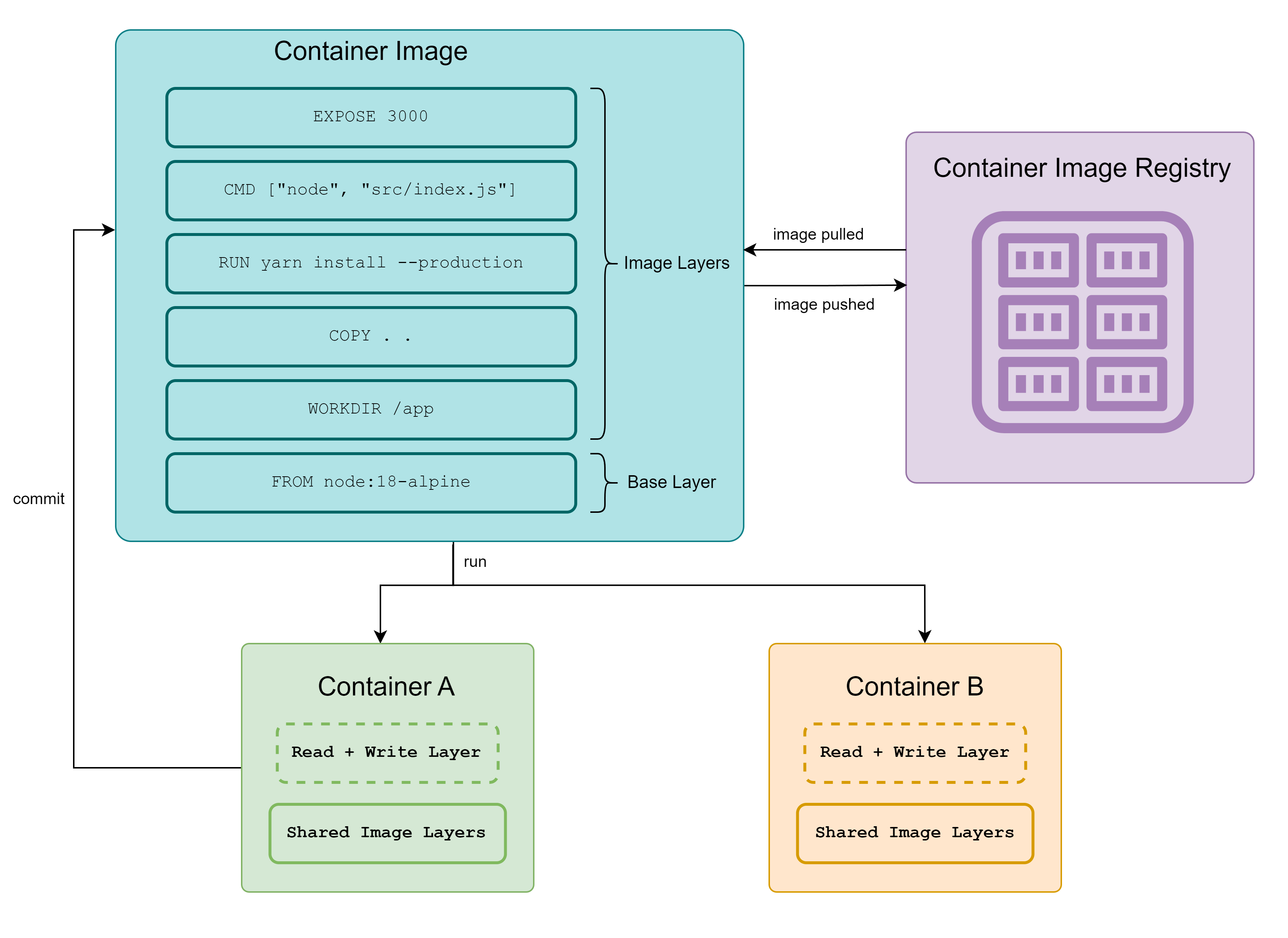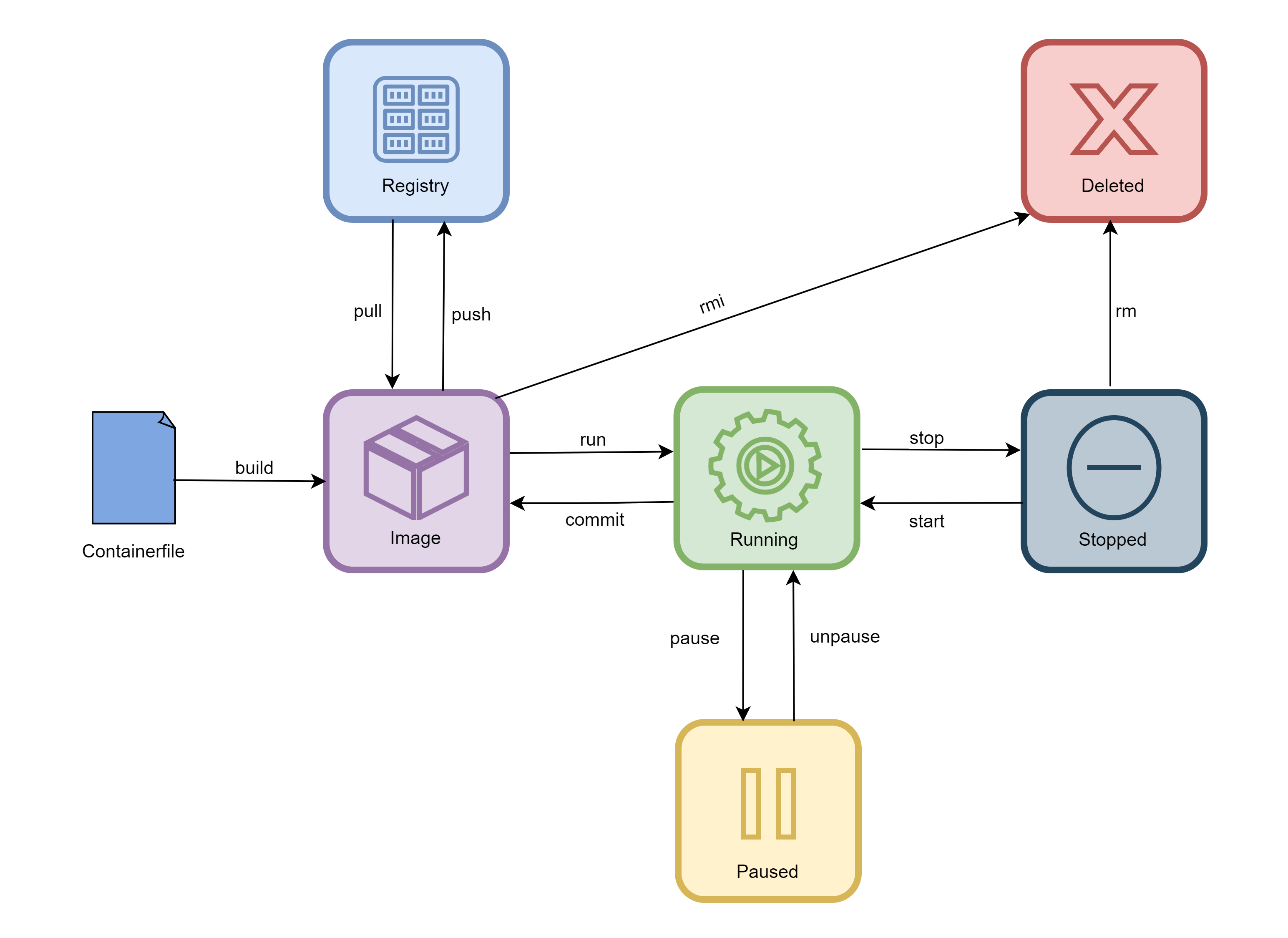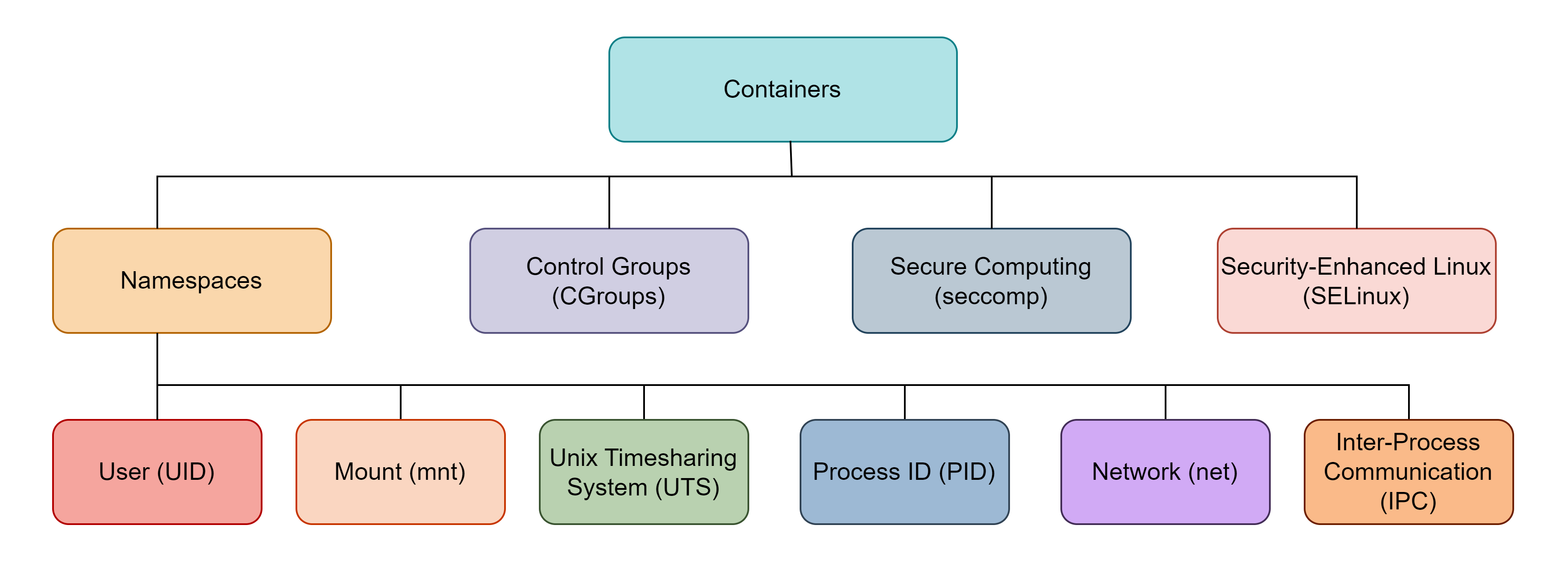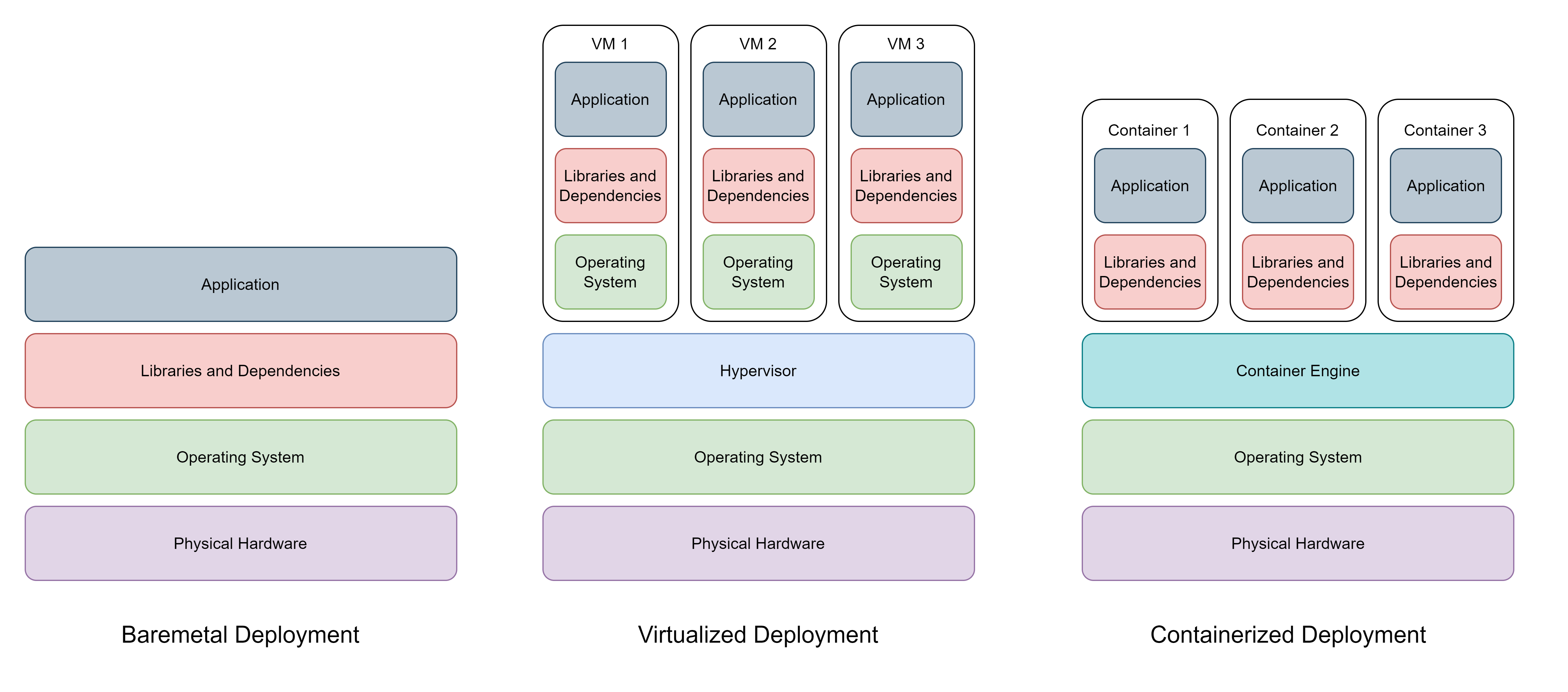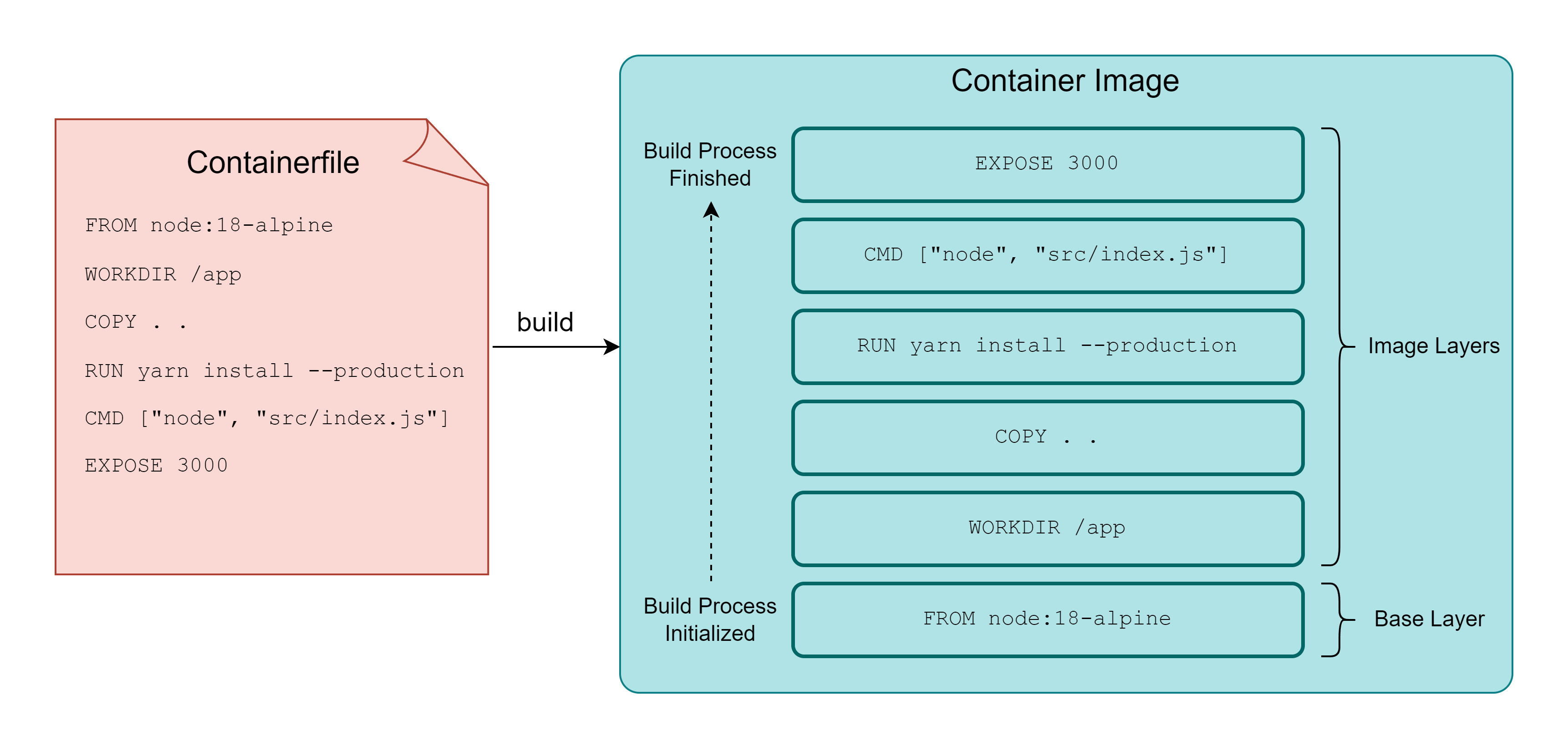
Building Container Images
Public registries provide container images for most use cases but they might not cover all of them. That’s why container engines such as Podman & Docker and CLI tools like buildah provide utilities for creating custom container images. The build steps are written in a plaintext file called Containerfile and parsed by container engines (or buildah) during the build process. 1 2 3 4 5 6 7 8 # Containerfile FROM node:18-alpine LABEL version="1....
